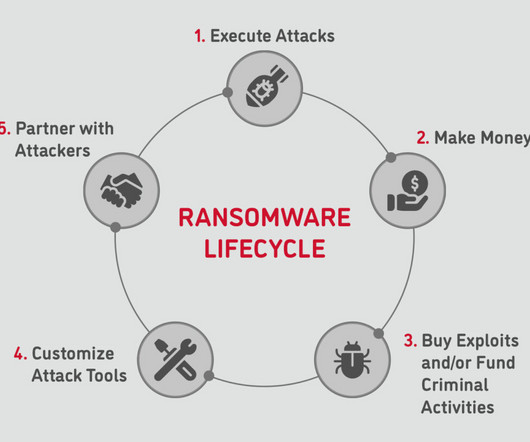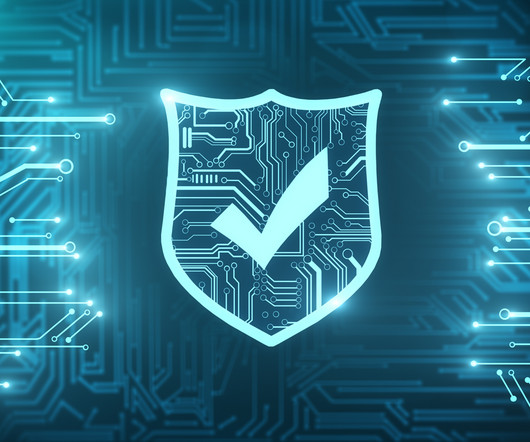34 Most Common Types of Network Security Protections
eSecurity Planet
MARCH 17, 2023
From there, these tools send alerts to security teams if and when risks are identified. Vulnerability management is handled not only by cybersecurity and IT teams but by cross-functional teams that understand how assets are used across the organization.























Let's personalize your content